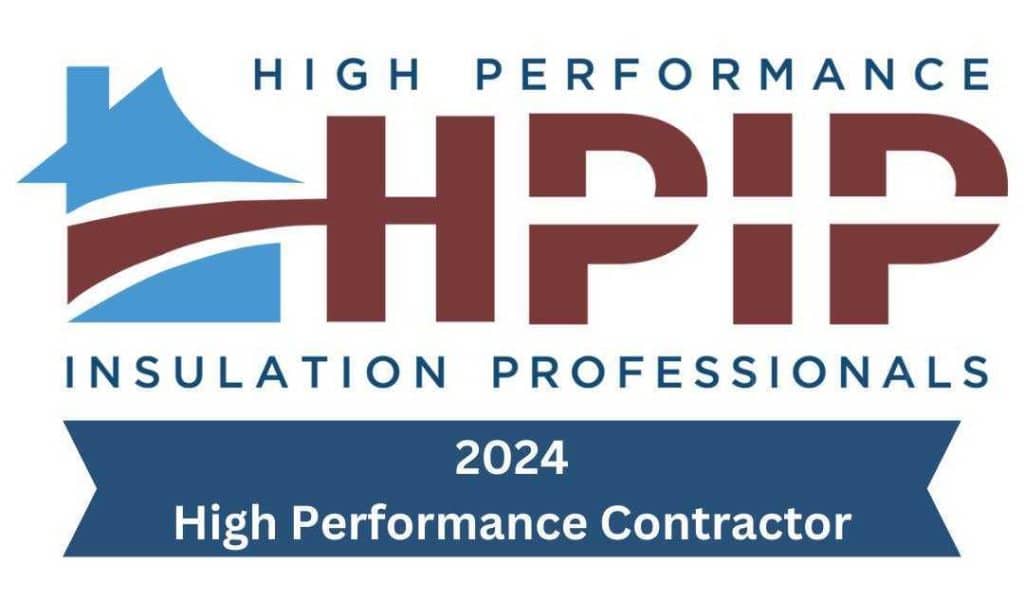Most people don’t think about insulation until their energy bills spike or a room won’t stay comfortable. At Makeover Insulation, we talk to homeowners every day who want real answers not fluff about how to make their home more efficient, quiet, and livable. One of the most common questions we hear is: where should batt insulation go to make the biggest difference?
We’ve installed batt insulation in thousands of homes, and one thing is clear: knowing where to place it matters just as much as choosing the right material. In this guide, we’re cutting through the noise to show you exactly where batt insulation delivers the most benefit based on real-world results, not theory. If you’re trying to stay cooler in summer, warmer in winter, or simply reduce noise and improve indoor comfort, you’re in the right place.
Our team at Makeover Insulation is sharing what we’ve learned from years of hands-on work to help you make informed, high-impact decisions.
Walls That Actually Make a Difference
Walls may seem like an obvious place for insulation, but not all wall spaces are created equal. Strategic batt insulation placement here can reshape how your home holds heat and sound.
Exterior Walls Block Heat, Cold, and Noise
Your exterior walls are the first line of defense against outdoor temperatures. Whether you’re sweating through Georgia summers or trying to hold onto heat during a cold snap, these walls are where batt insulation works overtime. Installing high-R-value batt insulation here seals out thermal transfer and cuts your HVAC load dramatically.
In older homes where walls may have minimal or deteriorated insulation, we often see dramatic comfort improvements within a single day of installation. These aren’t just marginal gains homeowners regularly report rooms that once felt unusable becoming their favorite spaces.
Interior Walls Reduce Sound Transfer
Soundproofing isn’t just for studios. Installing batt insulation in interior walls between bedrooms, bathrooms, or living areas helps reduce noise transfer and create quieter, more peaceful living spaces. We see a lot of demand for this in multigenerational homes or houses with remote workers.
Attics: Your Home’s Biggest Energy Leak
If you’re losing money through your ceiling, you’re not alone. The attic is where batt insulation can deliver massive returns.
Unfinished Attics Need Full Coverage
In homes with unfinished attics, especially those with HVAC systems running through them, batt insulation is critical. We often recommend insulating between joists and rafters to prevent heat buildup in summer and retain warmth in winter. It’s one of the most effective energy-saving upgrades available.
When we install batt insulation in attics, homeowners typically see the fastest energy bill drop—sometimes within the first billing cycle. The difference in room temperatures on the floor below is often immediate.
Knee Walls & Attic Hatches Often Get Missed
These small areas are easy to overlook but can act like open windows in your thermal envelope. We routinely insulate attic knee walls and hatches to prevent hot or cold air from slipping into living spaces. Most homeowners are shocked to learn how much energy escapes from a poorly sealed attic access panel. We always include this in our attic inspection.
Floors and Crawl Spaces: Comfort Starts Below
Uninsulated floors lead to cold toes, high humidity, and uncomfortable drafts. Properly insulating here locks comfort in and problems out.
Above-Garage Rooms Need Special Attention
Rooms over garages are notoriously difficult to heat and cool. That’s because the garage beneath usually isn’t insulated, turning the room above into a heat sink. We recommend high-density batt insulation between floor joists above the garage to isolate the room from temperature swings.
After insulating these areas, clients often tell us it’s like gaining a brand-new usable room. Kids start doing homework there again. Offices get quieter. Guests stop complaining.
Crawl Spaces & Basements Prevent Moisture and Air Intrusion
In homes with crawl spaces or unfinished basements, floor insulation is about more than warmth—it’s about moisture control. Insulating the subfloor with faced batt insulation helps keep damp air and pests out, and clean air in.
During inspections, we often find mold or musty smells in homes with uninsulated crawl spaces. Once batt insulation is installed properly, those issues drop off dramatically.
Ceilings: Soundproofing and Temperature Control
We install batt insulation in ceilings for two key reasons: sound control and thermal management. Whether you have a multi-level home or simply want to reduce noise transfer, ceiling insulation does more than you’d expect.
Between Floors in Multi-Story Homes
If you’ve ever heard every footstep above your head, you understand the value of insulating between floors. Batt insulation placed between the ceiling joists helps dampen noise from upstairs activity and creates a more private, serene environment on lower floors.
We recommend this upgrade often in homes with young children, night shift workers, or roommates.
Vaulted and Cathedral Ceilings Need Special Installation
These dramatic ceiling styles look great but require expert insulation placement. Batt insulation must be cut precisely to fit without compressing, or you’ll lose efficiency. We’ve done hundreds of these projects and know how to achieve both performance and aesthetics.
Garage and Utility Spaces: Often Overlooked, Always Beneficial
Spaces like garages, workshops, and utility rooms may not be primary living areas but they still impact your home’s overall comfort.
Insulate Attached Garage Walls
If your garage is attached, insulating the shared wall between it and the main house is critical. Batt insulation helps regulate temperatures and prevent fumes, odors, or moisture from entering your living space.
It’s one of the first things we check when evaluating a home’s insulation efficiency.
Utility Closets and Mechanical Rooms Need Precision Work
These rooms house essential systems water heaters, furnaces, and air handlers. Batt insulation here helps keep these units operating efficiently and quietly. We recommend sealing and insulating around these systems without restricting access or airflow.
Your Path to a More Comfortable Home Starts Here
Batt insulation isn’t just about filling cavities it’s about solving real problems. When installed in the right places, it transforms how your home feels and performs. At Makeover Insulation, we’ve built our reputation on helping Georgia homeowners make smart, strategic upgrades that deliver measurable comfort and efficiency.
If you’re ready to fix that freezing bedroom, quiet down noisy walls, or finally bring your energy bills under control, we’re here to help.
Call us at (470) 664-5300, email [email protected], or visit MakeoverInsulation.com to schedule your free evaluation.
Still Curious? Let’s Get Into It with Makeover Insulation
What’s the most energy-efficient place to install batt insulation?
Your attic. It’s typically the biggest source of heat gain in summer and heat loss in winter. Adding batt insulation here can have the largest impact on energy bills.
Can batt insulation be used in bathrooms?
Yes, but it must be installed with a proper vapor barrier. We often install it in bathroom walls for both moisture resistance and soundproofing.
Is batt insulation good for soundproofing?
Definitely. While it’s not as dense as specialty soundproofing materials, batt insulation between interior walls and floors noticeably reduces noise.
Should I insulate walls between rooms?
If sound control matters—absolutely. Batt insulation is great for reducing sound between bedrooms, bathrooms, and common areas.
Do vaulted ceilings need batt insulation?
Yes, and they require careful installation to maintain airflow and insulation performance. We specialize in these types of installations.
Can batt insulation help with hot upstairs rooms?
Yes. Attic and ceiling insulation directly above those rooms often fixes this issue. We’ve resolved countless “hot room” complaints this way.
Is batt insulation safe to install near HVAC ducts?
Yes, when installed properly. We ensure it doesn’t block vents or airflow paths.
Can I insulate my crawl space myself?
You can, but without vapor barrier knowledge and proper installation, you risk mold and moisture issues. We strongly recommend professional installation.
Will garage insulation really make a difference?
Absolutely—especially for rooms above or next to it. It reduces temperature swings and improves indoor air quality.
What’s the best batt insulation R-value?
It depends on your climate zone and location in the home. In Georgia, we typically recommend R-30 to R-49 for attics, and R-13 to R-21 for walls.




